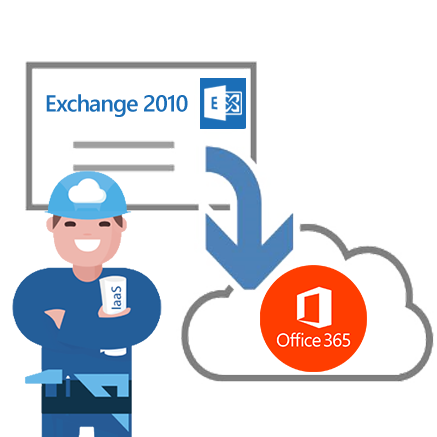

Hybrid migration allows you to gradually move mailboxes from on-premises Exchange Server to Exchange Online using the integrated option available in the Exchange Admin Center.This option does not work if you need to migrate mailboxes and contents from Exchange 2010 or later versions to Office 365. Although it allows you to move more than 2000 mailboxes, it only works for Exchange 20 versions. In staged migration, you can move mailboxes and mail items from an on-premises Exchange Server to Office 365 in two or more stages or batches.You can use this migration option when you need to move up to 2000 mailboxes from your on-premises Exchange Server to Office 365. Cutover or express migration allows you to migrate your mailboxes from Exchange Server 2003, 2007, 2010, 2013, 2016 or 2019 to Office 365.Microsoft provides three options to migrate emails and mailboxes from an on-premises Exchange Server to Office 365. Migration Options to Migrate On-Premises Exchange to Office 365 We’ll also discuss the best migration path that can help move the organization from an on-premises Exchange Server to Office 365 with minimal interruption. In this article, we will discuss various options to migrate from Exchange Server to Office 365. It requires adequate planning and preparation based on the Exchange Server version and the number of mailboxes you need to migrate to ensure a smooth migration. However, when it comes to migrating on-premises Exchange Server to Office 365, it’s not an easy task. This has boosted the trend of migrating from an on-premises Exchange Server to a cloud-based Office 365 or Exchange Online. However, Office 365 offers automatic and seamless security updates against new threats with built-in protection against data loss.
Migrating to office 365 from exchange 2010 Patch#
Although updates are critical to patch vulnerabilities, they require resources and may take longer to install, leading to downtime and productivity loss.

Due to recent attacks and multiple ‘proxy’ (authentication bypass) vulnerabilities found in on-premises Exchange servers, it has become a headache for organizations to keep updating their servers and strengthen their security to avoid the risk of getting compromised.


 0 kommentar(er)
0 kommentar(er)
